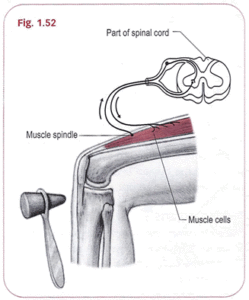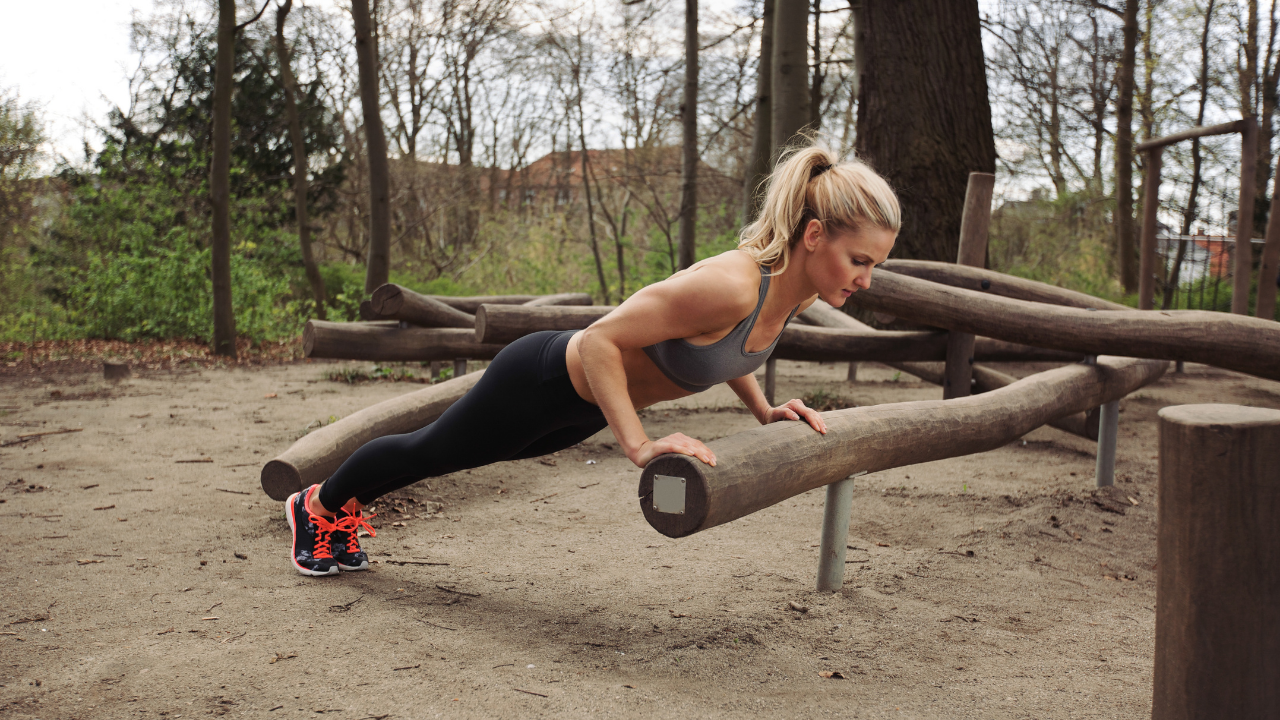
As your body moves and changes position in space sensors, called proprioceptors, monitor the amount of stretch, force and pressure created. Proprioceptors are located on the nerves within joints, muscles and tendons. The sensors are continuously relaying feedback to the Central Nervous System (CNS) – brain and spinal cord. This flow of communication is what directs our responses to stimuli.
Three Proprioceptors
- Muscle Spindles (stretch sensors)
- Golgi Tendon Organs (force sensors)
- Parcinian Corpuscles (pressure sensors)
The photo to the right depicts the feedback loop from a muscle spindle in a quad muscle to the spinal cord.
(Image Source: Athletic Ability and the Anatomy of Motion, page 23)
Lack of proprioception raises your risk of injury. Prior injury reduces your proprioception. Consequently, we have an increased likelihood of re-injuring the same body part multiple times. A research study found decreased proprioception in individuals suffering from patellofemoral pain syndrome (PFPS), a painful knee condition.
Imagine running down an uneven rocky trail with impaired proprioception. It will only be a matter of time before an ankle is twisted or a bad fall taken because of a poor foot placement on the undulating ground.
3 tips for incorporating proprioception training into your workouts.
1. Skip the resistance machines and grab the free weights. Aim to do the majority of your exercises in the standing position where your balance and stabilization is challenged.
2. Include static balance exercises in your routine. Start on both feet with your eyes open and progress to balancing on an unstable surface with one foot, eyes closed.
3. Choose exercises that move multiple joints. Good choices are squats, back bridges, lunges, push-ups and step-ups.



